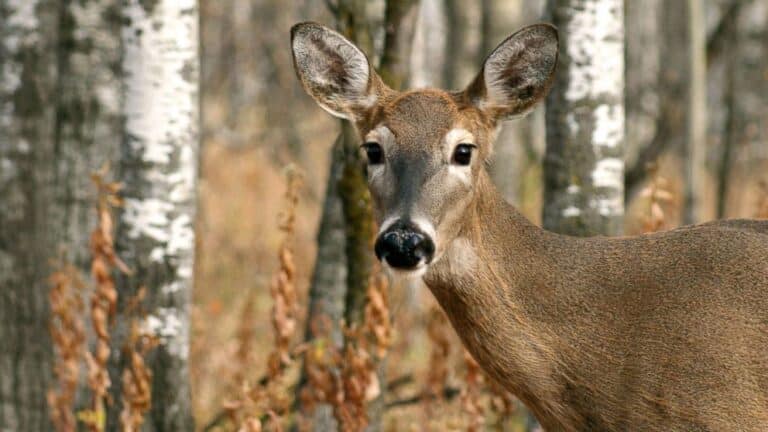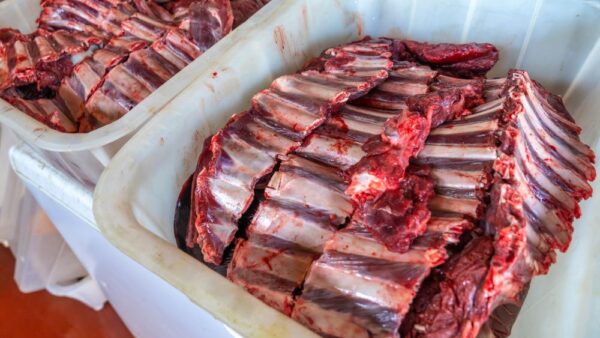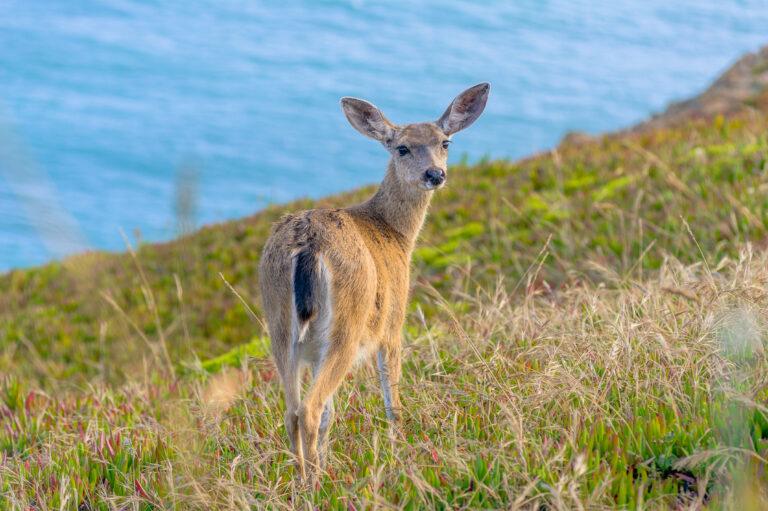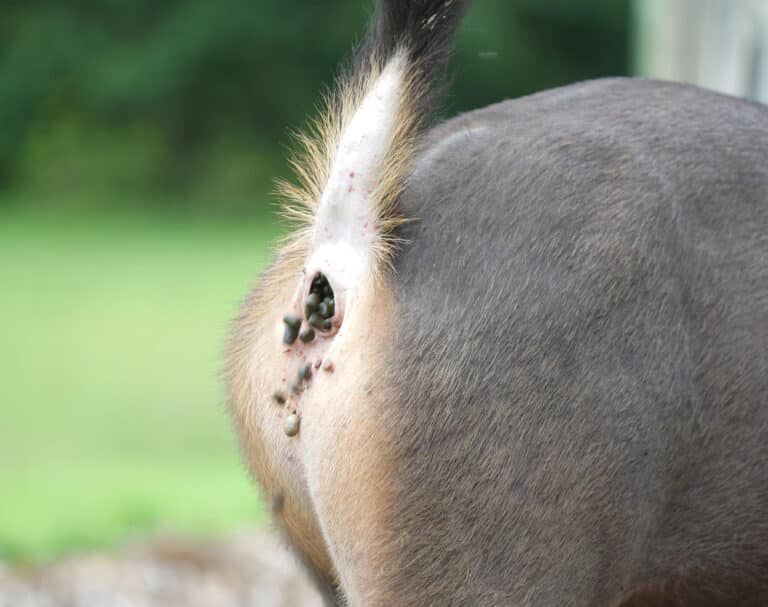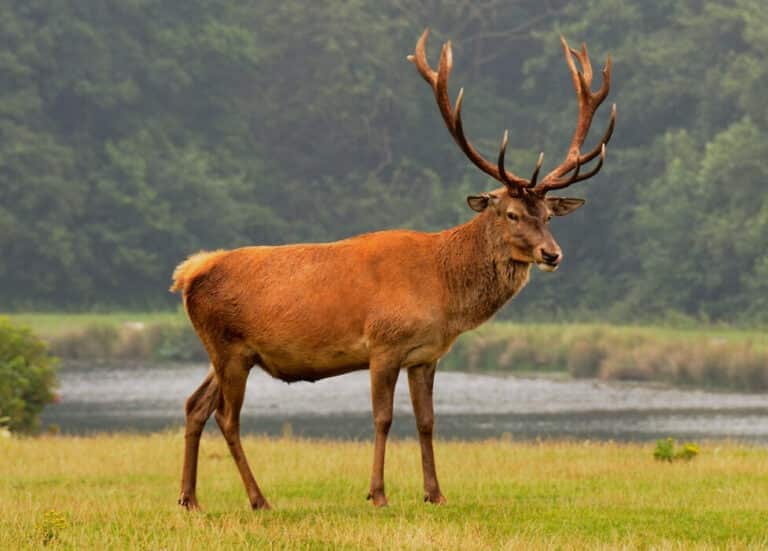Vampire deer are an intriguing species that have captured the fascination of both scientists and nature enthusiasts alike. These pint-sized creatures inhabit East Asia’s dense forests and mountainous regions, where they lead a secretive and solitary existence.
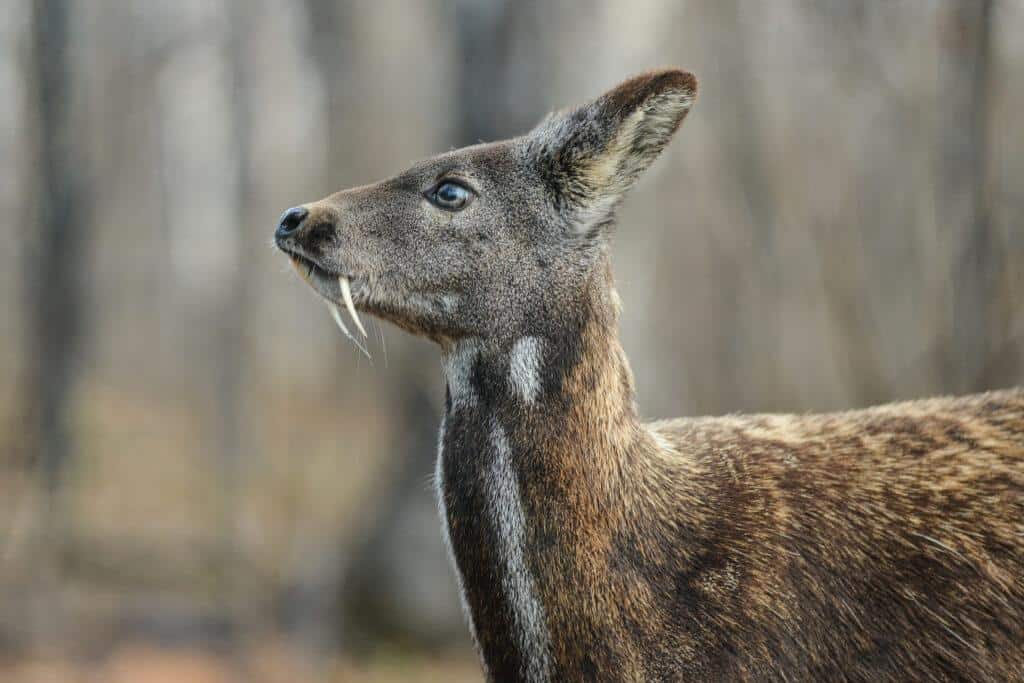
But fear not, as these fanged fellows use their dental weaponry for bark stripping during harsh winters when food is scarce. With their reddish-brown coat adorned with white spots, vampire
These captivating herbivores, though lacking supernatural powers, have an undeniable charm. Researchers are intrigued by their elusive nature and distinct appearance, seeking to unravel the secrets of this captivating species.
Join us on a journey into the world of vampire deer, where reality and myth intertwine, and nature showcases its wonders through these enchanting creatures.
Discovering the Appearance and Adaptations
Vampire deer may not be the most giant creatures in the animal kingdom, but their resilience and adaptability compensate for their small size. Weighing 30-40 pounds, these pint-sized powerhouses gracefully navigate through dense vegetation with their streamlined bodies and elegant legs.
Fangs of Curiosity: Vampire-Like Tusks
Contrary to their name, vampire deer’s “fangs” serve a different purpose. These elongated canine teeth protrude like miniature tusks, displaying dominance during territorial disputes or courtship rituals. Male species have more pronounced fangs, adding dental drama to their captivating appearance.
A Coat Camouflaged with Artistry
Vampire deer’s reddish-brown coat with white spots is an ingenious camouflage, seamlessly blending them into their surroundings. The reddish hue mimics sunlight filtering through trees, while the white spots resemble dancing patches of light on fallen leaves or snow-covered ground. This camouflage helps them evade predators while foraging for essential vegetation.
Molt Magic: The Art of Disguise
Their coats undergo a seasonal transformation. During colder months, they become thicker and darker, providing insulation against freezing temperatures and blending with the winter landscape. As spring arrives, they shed their coats, revealing a lighter hue matching the vibrant foliage of their forested homes.
Antlers or No Antlers?
Unlike other deer species, they do not grow majestic antlers. Instead, males and females bear small bony projections called pedicles. Male vampire deer have small knobs atop these pedicles, subtly displaying masculinity. They rely on other remarkable adaptations rather than antlers to thrive in their woodland realms.
The Enchanting Ranges of Vampire Deer
Vampire deer have established themselves in the enchanting corners of East Asia. From the lush landscapes of China to the mysterious forests of Taiwan and Korea, these captivating creatures roam freely in their preferred habitats.
They inhabit regions with dense forests and mountainous terrain, seeking solace amidst nature’s grandeur. They thrive in altitudes ranging from 1,000 to 4,000 feet above sea level, displaying resilience in ever-changing seasons.
Feeding Habits
Contrary to their name, these deer have an herbivorous diet. They consume fallen leaves, fruits, and grasses, extracting maximum nutrients through their specialized digestive system. During harsh winters, they showcase resourceful behavior by skillfully stripping bark from trees, providing additional nutrition, and maintaining dental health.
Behavior and Social Structure
They prefer solitary living and rarely form groups outside the mating season. However, favorable conditions may lead to limited socializing, with vampire deer coming together for foraging or light-hearted interactions. Male vampire deer exhibit territorial behavior by scent marking using preorbital glands, leaving scents as signs of dominance.
Reproduction and Life Cycle
Female deer undergo a fascinating reproductive process, giving birth to a single fawn after a seven-month gestation period. The fawn is covered in a soft reddish-brown coat with white spots, gradually fading as it ages. The bond between mother and fawn is heartwarming, with the fawn gaining independence and developing its antlers.
Conservation Status and Threats
They are classified as “near threatened” due to human activities and habitat loss. Deforestation and illegal hunting pose significant threats to their survival. Protecting and restoring their habitats, implementing strict laws against illegal hunting, and raising awareness is vital for their conservation.
Conclusion: Preserving the Resilience and Beauty
Vampire deer embody resilience and beauty in the mystical forests of East Asia. Protecting them requires collective action and conservation efforts. By safeguarding their habitats, we ensure the survival of these enchanting creatures and preserve the intricate tapestry of life in our natural world. Let us cherish their existence and work towards a future where vampire deer continue to roam our forests, inspiring wonder for generations to come.


